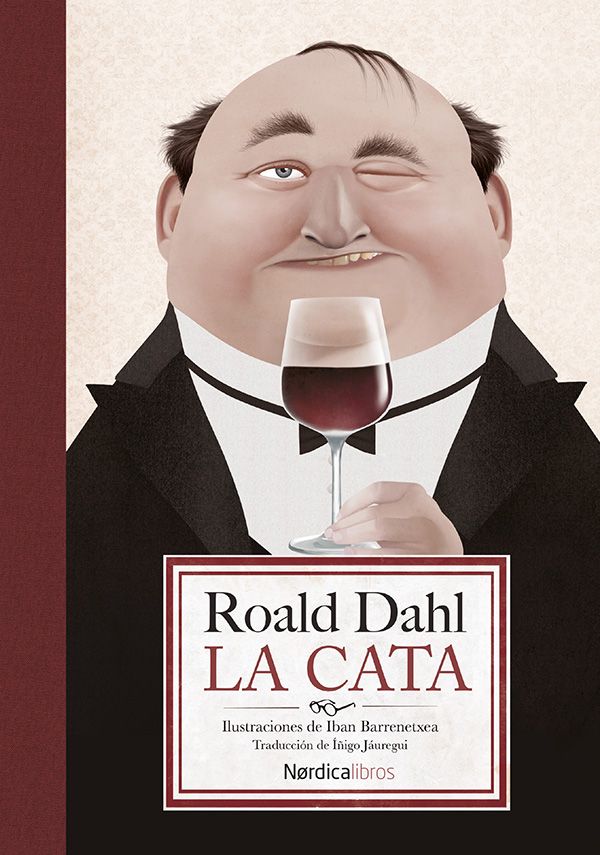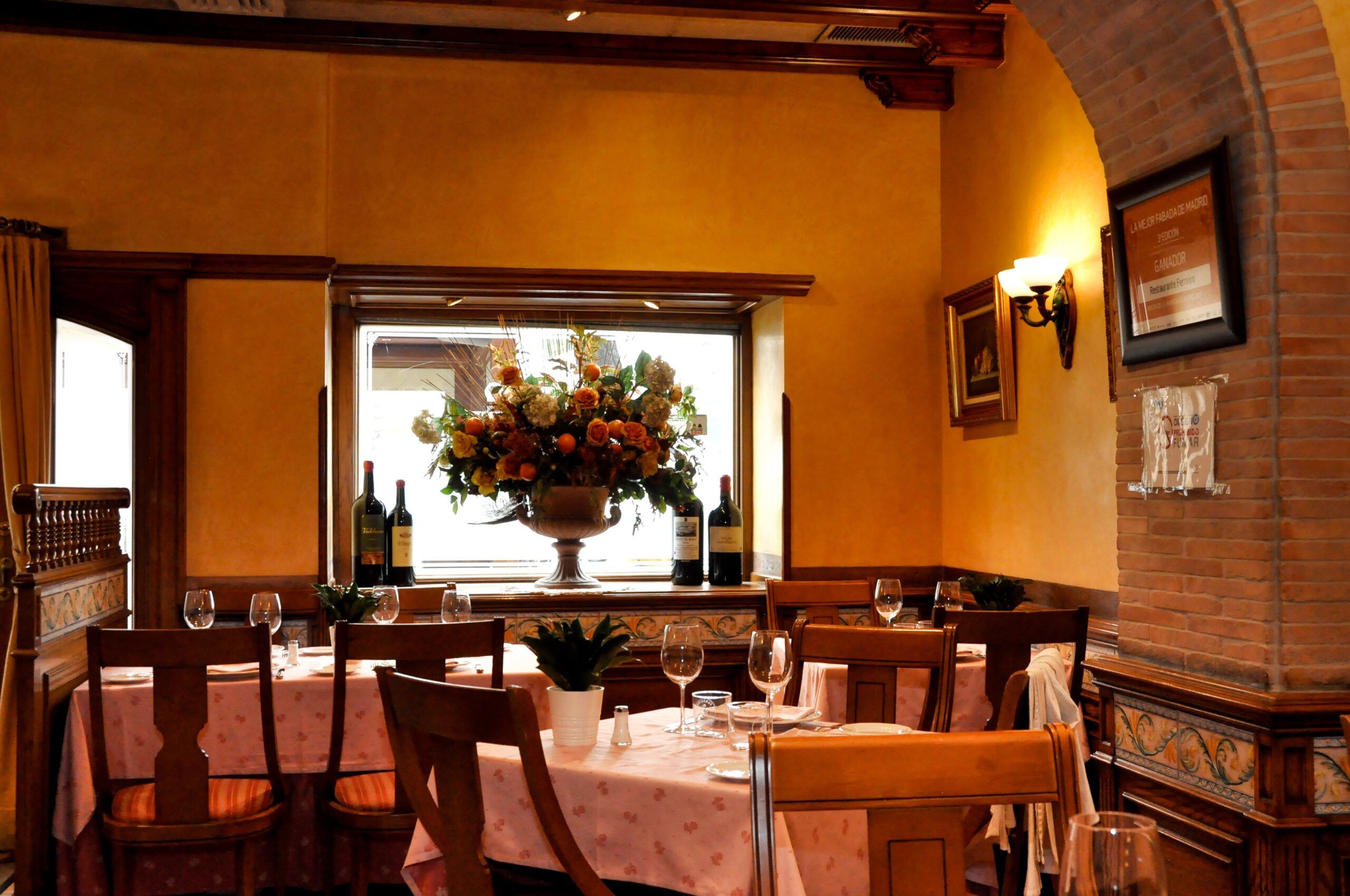
We all like a little glass of wine once in a while! But did you know it’s also good for you? Drinking red wine (always in moderation) has health benefits. And it’s not just us at El Coto de Rioja who say it: many studies from different countries have shown these benefits.
There are several properties and characteristics of red wine (which other types of wine and alcoholic beverages don’t have) that can help make us healthier, including strengthening our bones, promoting good gut flora and even preventing dementia. Although, we have to repeat it, always in moderation and in line with recommendations from Wine in Moderation!
Let’s have a closer look at the various health benefits of red wine.

1. Wine builds stronger bones
Let’s start with a study by Tufts University in Boston (USA) with over 2,400 female participants and a truly surprising finding: the women who drank wine were less likely to lose bone mass than the ones who didn’t.
And that’s not the only study we’ve seen come to that conclusion: recently, in the European Journal of Clinical Nutrition, another study was published that found red wine contributes to better bone health in men, too. They found a direct correlation between better bone mineral density and red wine consumption in men aged 50 to 80.
2. Benefits of red wine: it reduces heart risks
Still in the United States, this time we have a study by Harvard University. This one also sought to understand another health benefit of wine and found that people who drank wine were 30% less likely to have a heart attack.
This is due to the polyphenols, which are found in the skin of red grapes (and many other fruits, vegetables and nuts), and help “protect” the heart. Another argument says this is due to the fact that red wine is part of the Mediterranean diet, a series of eating habits that has been proven to prevent heart attacks and strokes. Another health benefits of red wine!
3. Wine is an antioxidant
According to a study by scientists at the University of Cluj-Napoca, in Romania, this health benefit corresponds to a substance present in much higher quantities in red wine than in white or rosé: flavonoids, which have loads of antioxidants.
4. Benefits of wine: it is anti-inflammatory
In this case, it is due to the alcohol in the wine: ethanol. It has an anti-inflammatory effect that, with other substances like the polyphenols we mentioned earlier, create the perfect combination for anti-inflammatory action, as well as protecting the heart.


5. It helps our gut microbiota
This paper from the University of the Aegean (Greece), and this one from the National Center for Biotechnology Information, show a direct correlation between consumption of red wine and the growth of intestinal microbiota, which is the “good” gut flora.
This, again, is due to the polyphenols in wine, which also act as a prebiotic, allowing certain beneficial bacterial that are key to a balanced intestinal microbiota to develop after moderate consumption of red wine as part of a balanced diet.
6. Wine fights depression
A large group of Spanish scientists from several universities found that drinking wine in moderation can decrease the risk of depression.
The study was done on people from 55 to 80 years old (2,822 women and 2,683 men) over a period of 7 years. After this long, exhaustive study, they saw that both women and men who drank about 6 glasses of wine a week were less likely to develop depression than those who didn’t.
7. It helps prevent dementia
Finally, let’s finish off with a study from scientists at the Loyola University Medical Center in the United States published in the Journal of Neuropsychiatric Disease and Treatment.
This study was conducted in 14 countries and found that moderate yet regular drinkers of red wine had a lower risk of developing dementia. Why? From the resveratrol, which helps keep blood vessels open and lowers the risk of clotting, helping improve blood flow to the brain.
What do you think? We recommend you check out all of these articles from our blog so you can keep discovering more about the world of wine.



























































